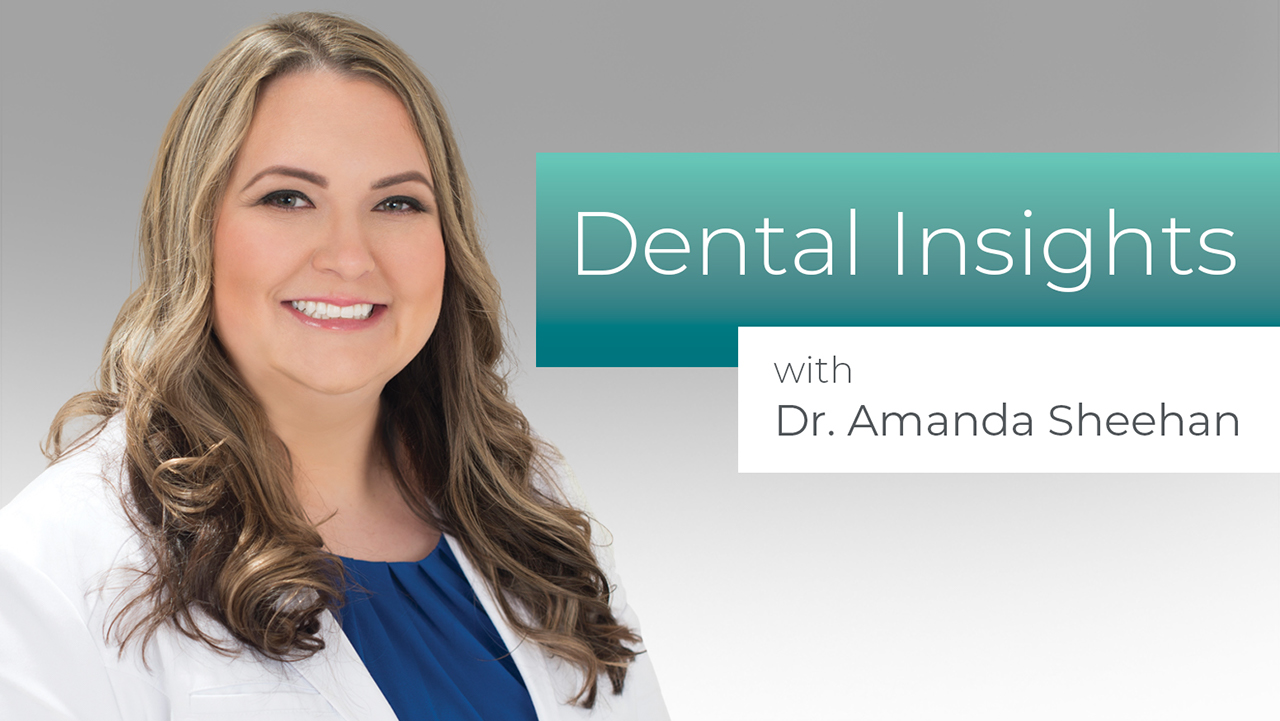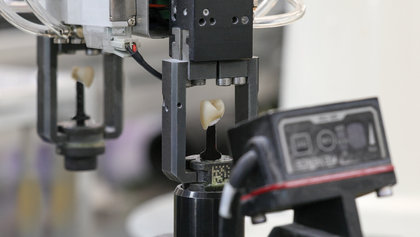Related Dental Resources
- Video: “Prescribing Nightguards for Dental Implant Patients”
- Magazine article: “Product Spotlight: Comfort3D™ Bite Splint”
800-854-7256 USA
Learn how to protect your implant patients’ restorations with bite splint therapy.


Although every implant case is different, the majority of implant patients can greatly benefit from wearing a bite splint. The primary goal of prescribing a bite splint for implant patients is to reduce the forces applied to the restoration and implant, particularly the shear force from bruxism. We know that parafunctional habits can be detrimental to both the short-term and long-term success of the implant fixture and the implant restoration. Crestal bone loss can be the result of heavy shear force applied to the neck of the implant. A bite splint reduces or eliminates these forces to the implant and applies them to the material of the occlusal guard instead.
Responsible clinicians will further evaluate whether or not an occlusal guard is appropriate for the implant patient. Extraneous circumstances and medical conditions like obstructive sleep apnea (OSA) or other sleep disorders may call for a different treatment plan involving a mandibular advancement device like the Silent Nite® Sleep Appliance. Identifying these risk factors will enable the clinician to properly treat the implant patient.
For implant patients who do not suffer from the above risk factors, a bite splint is a must. Clinicians are constantly striving to improve the longevity of the work that they do for their patients. With implant cases, designing patients’ occlusion in a way that protects the implants from unnecessary and harmful forces is vital. The material of the occlusal guard acts like a shock absorber for the harmful forces of clenching or bruxing. Utilizing an occlusal guard can help prevent damage not only between recall visits but also in the long run.
The CLEARsplint® appliance, which can be used as a day splint or nightguard, is among the occlusal appliances that are available from Glidewell.
Patients who have extremely high force factors benefit the most from an occlusal guard. One way to determine if a patient falls in this category is by examining their dentition for signs of parafunction or by looking at their panorex for an antegonial notch, which is a sign of hypertrophic or hyperactive masseters. Considering a normal bite registers at about 250–500 MPa, there is bound to be some damage involved for clenchers and bruxers who can register their bite at 1,000 MPa while asleep. The lack of proprioception can also lead to implant complications. Utilizing splint therapy can help prevent patients from overloading the implants and causing excessive force that can lead to prosthetic breakage and implant failure.
There are several features that I look for when determining which occlusal guard is right for a patient. I personally recommend occlusal guards that have full-arch coverage to prevent eruption or movement of the teeth. The Comfort3D™ Bite Splint, for example, is digitally designed and 3D-printed for maximum comfort and retention. The CLEARsplint bite splint is a self-adjusting rigid, yet flexible, splint that is ideal for customizing the occlusal guard to fit the patient’s exact bite plane. The most widely prescribed bite splint, the Comfort H/S™ Bite Splint, is a BPA-, metal-, and acrylic-free hard splint with a soft reline.
After choosing the right appliance, it’s important to have a good relationship with the lab making it. For effective communication with the lab, I recommend completing the Rx with the patient in the room in order to avoid forgetting any details at the end of a long day. Be as specific as possible, leaving nothing to interpretation. Have clinical preferences set with the lab ahead of time, but state them again in a concise and complete manner for additional clarity. If it’s a difficult case with special circumstances, more information on the lab slip will help the lab fabricate the occlusal guard to match the intended specifications.
For implant patients who qualify for preventive therapy, these occlusal guards can have a positive effect on the long-term dental health of each patient and their implant restorations. Help implant patients protect the investment they’ve made by giving them a low-cost, comfortable solution for the effects of clenching and bruxing.
All third-party trademarks are the property of their respective owners.
*Price does not include shipping or applicable taxes.
Related Dental Resources
Send blog-related questions and suggestions to hello@glidewell.com.




